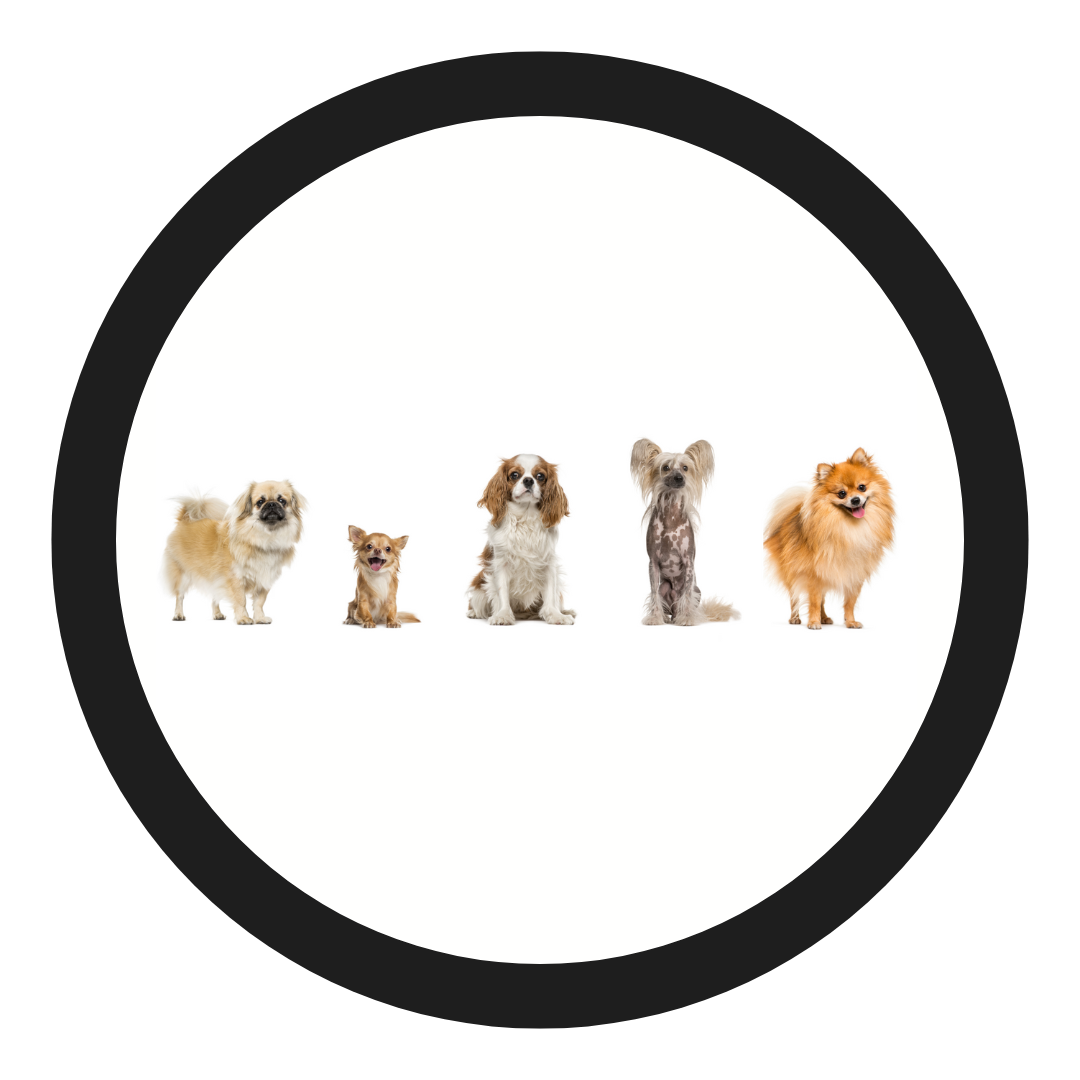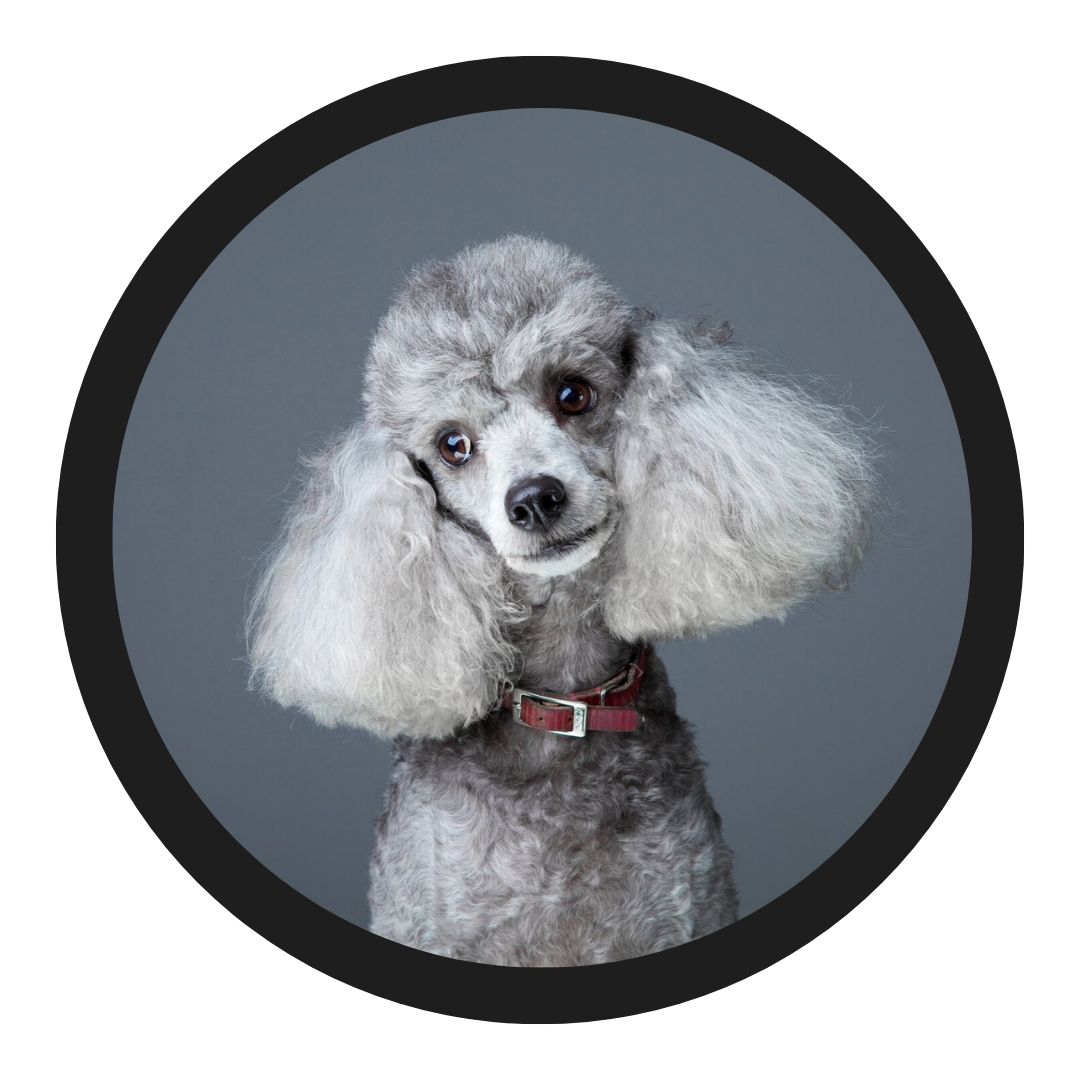MASTERCLASS
Cavalier King Charles Spaniel
TIGGER
The Cavalier King Charles Spaniel has a rich history dating back to the 17th century, where they were beloved companions of British royalty, including King Charles II. Their name "Cavalier" originates from their association with King Charles, who was often depicted in paintings with these adorable dogs by his side.
In this 3 part tutorial, Alicia and Tigger are preparing for a show ring appearance. Alicia has included the bathing and drying process as it is important in regards to the lay of the coat. Throughout the groom, emphasis is placed on maintaining coat color and texture without trimming, using tools like the double rake. Detailed grooming techniques are shared to maintain Tigger's appearance, with a focus on proper proportions, selective hair removal, and revealing essential features.
TIMESTAMPS AND TRANSCRIPT SUMMARY
-
• 00:08: Alicia introduces Tigger and discusses preparing him for the show ring.
• 00:27: Washing Tigger with texturizing shampoo and deep conditioning treatment to flatten his coat.
• 01:10: Drying Tigger's coat down to help it lay naturally flat.
• 01:32: Trimming Tigger's nails and pads as part of the grooming process.
• 04:58: Using a double rake to remove undercoat without cutting the coat.
• 05:54: Transitioning to carding knives to further remove fluffy undercoat.
• 06:57: Goal is to make Tigger's coat lie flat and maintain its rich color.
• 07:23: Maintaining the natural look of Cavaliers in the show ring.
• 08:19: Neatening Tigger's coat by finger plucking to enhance appearance.
• 09:46: Enhancing the pattern and showcasing Tigger's white furnishings.
-
• 00:05: Introduction to the preferred grooming pattern resembling a cavalier clip.
• 00:26: Use of a four blade through the jacket and specific leg grooming techniques.
• 01:41: Emphasis on defining the dog's shoulder and maintaining shape.
• 02:35: Transition to using a fine blade for intricate grooming areas.
• 04:22: Caution against using a knife on the back of the dog's jacket.
• 05:00: Importance of angulation in the back legs and the challenge of removing dense hair.
• 05:58: Focus on revealing the short-haired leg beneath excess fur.
• 06:02: Discussion on distinguishing between fluffy and shiny hair textures.
• 06:31: Contrasting cotton wool-like hair with glossier strands.
• 07:26: Emphasis on identifying and maintaining desired coat textures.
• 07:32: Continued trimming to reduce bulkiness and enhance leg definition.
-
• 00:05: Initiating the process of grooming by addressing specific areas on the dog's body.
• 01:21: Emphasizing the desired appearance of a feathered chest and a fuller neck.
• 02:11: Utilizing tools like a carding knife to remove unwanted peach-colored hair and maintain a flat top of the head.
• 03:21: Discussing the difficulty of grooming a neutered coat and the importance of removing dead hairs for a better appearance.
• 04:17: Demonstrating the difference in grooming results before and after hair removal.
• 05:08: Highlighting the challenge of maintaining the ideal appearance for Cavalier dogs without noticeable trimming.
• 05:17: Addressing the need for subtle trimming on the feet and legs to prevent dragging and maintain a natural look.
• 06:02: Demonstrating the trimming process on various parts of the dog's body for a neater appearance.
• 07:17: Completing the grooming session with a focus on ear trimming to achieve a balanced and natural look.
• 07:27: Ensuring the overall appearance of the dog is even and natural for show readiness.
• 08:03: Using thinning shears to maintain a natural look while achieving symmetry in grooming.
• 08:14: Concluding the grooming session for Tigger the Cavalier, a neuter champion, ready for the ring.
Breed Standard at Dogs Australia
Study Notes | Key Concepts
-
Cavaliers in the show ring must appear ungroomed and natural, even though prep is intensive.
Clipping is discouraged—it damages coat texture and causes fading and curling.
Use texturising shampoo and deep conditioner to weigh the coat down and promote shine.
-
Always dry with the grain to avoid fluffiness.
Blow-drying downward helps the coat lay flat, as required in breed standard presentation.
-
Start with a GroomerDK double rake to remove undercoat without cutting.
Progress to flat carding knives—coarse before fine—to remove remaining fuzz.
On tougher or thicker areas, like the chest or shoulder, knives may be necessary with caution.
-
Focus on removing peach fuzz, which appears dull and matte.
Use fingers for longer furnishings, sometimes with latex gloves or chalk for grip.
Work in small sections, always stretching the skin for dog comfort and better control.
-
Emphasise the dog’s natural structure and angulation by removing coat in specific areas:
Shoulders, chest, neck: Reduce bulk to show neck length and topline.
Legs: Clear out inner fluff while preserving outer furnishings for balance.
Head: Remove peach fuzz and keep the top flat and clean.
-
If needed, thinning shears can neaten feet, ears, and dragging furnishings—but must look untouched.
Never leave blunt cut lines—chip into hair to blend and keep it looking natural.
Even ear lengths gently, avoiding a scissored appearance.











